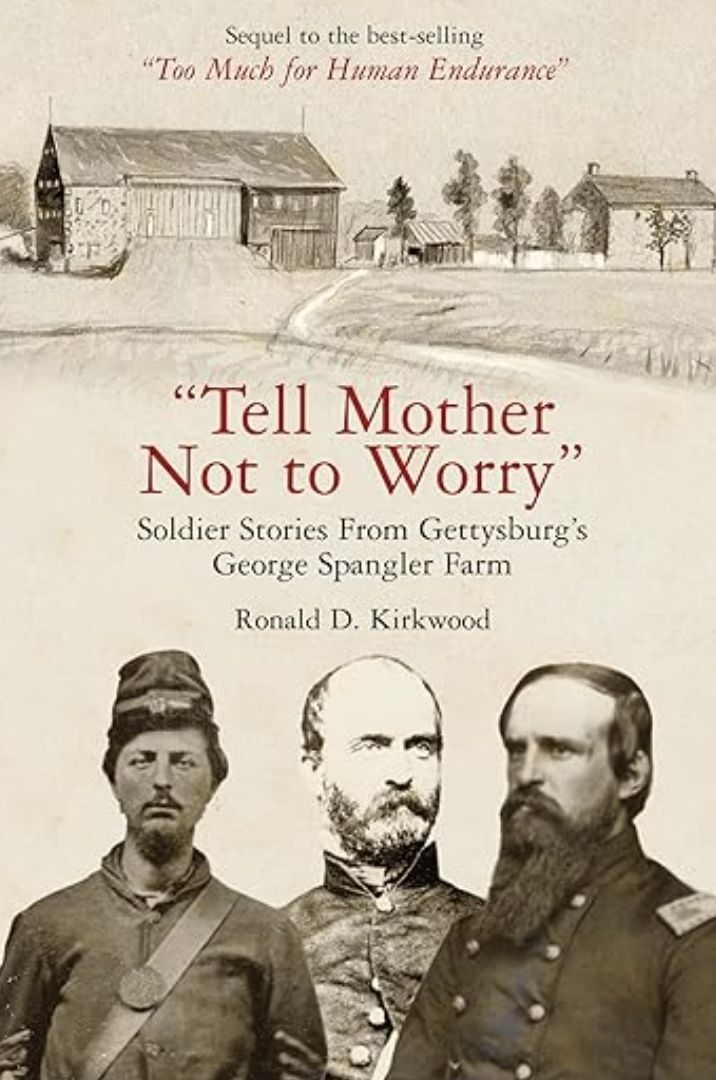NPS News Release Date: March 12, 2024
Contact: John Harlan Warren, 215-908-3159
Gettysburg, Pa. – National Park Service (NPS) Deputy Regional Director Cinda Waldbuesser today announced the selection of Kristina (Kris) Heister as the superintendent for Gettysburg National Military Park and Eisenhower National Historic Site. Heister has worked at Gettysburg and Eisenhower as deputy superintendent since 2020. She begins her new assignment on March 24, 2024.
“Kris brings a wealth of National Park Service experience with a deep commitment to community engagement, resource protection and employee development,” said Waldbuesser. “Her knowledge of and commitment to protecting both cultural and natural resources while enhancing visitor experience make her an excellent choice to lead these two important parks.”
“Over the last four years, I have been amazed by the dedication of my colleagues, our partners and our community,” said Heister. “Their collective commitment to preserving and protecting these hallowed grounds inspires me everyday. I look forward to continuing to work together and maintaining an open dialogue with our partners and our community to address both the challenges and opportunities the future holds for these exceptional places.”
As the current deputy superintendent, Heister is already a key leader on the park’s management team, providing oversight for all aspects of park operations. Twice she has performed detail assignments as acting superintendent of the two parks, first in 2019 and again in 2023-2024. Before coming to Gettysburg, she served as superintendent of Upper Delaware Scenic and Recreational River, as chief of Natural Resources for the NPS Northeast Region, and as Natural Resource Program Manager at Valley Forge National Historical Park. During her three decades-long career, she has worked at small, medium and large parks throughout the country, with almost half her career in historical parks.
A lifelong Pennsylvanian, Heister has deep connections to both the Civil War and to the Eisenhower family. Her family counts 18 members who fought in the Civil War for the Union, although none at the Battle of Gettysburg. In 1957, President Dwight Eisenhower sent a signed note to her great-grandmother for her 100th birthday which is a family treasure. The favorite Heister family meal is a recipe Julie and David Eisenhower served for Christmas one year, which was found in the local newspaper. She cares deeply for the hallowed grounds of Gettysburg and the home of a remarkable military general and president.
In her spare time, she enjoys the company of two beautiful coonhounds, Boone and Scarlett, and taking care of her 90-year-old mother.












